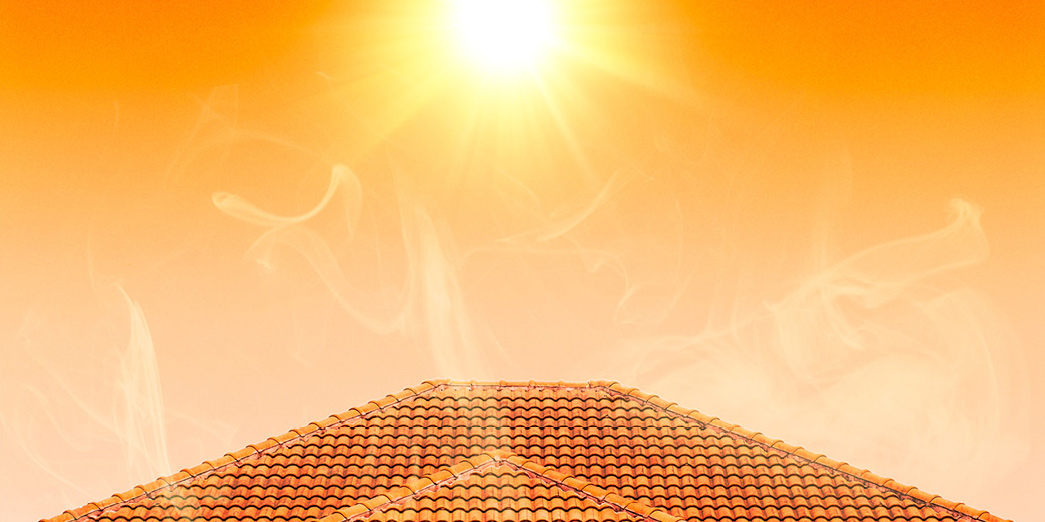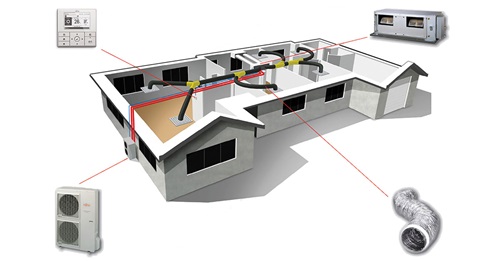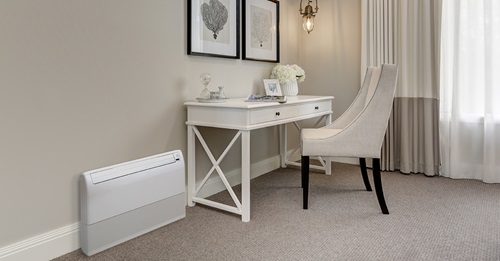Air Conditioner Settings to Lower Summer Costs

It wouldn’t be an Australian summer without a period of scorching temperatures. Your air conditioning system will work super hard during the peak season to keep your home cool, which means energy consumption and costs could climb without you even realising.
Soaring temperatures shouldn’t mean being budget conscious and sweltering in the heat for fear of a higher than average energy bill. We’ve put together some useful air conditioner efficiency tips to help create a comfortable environment throughout the summer months; without breaking the bank.
Preparation and maintenance are key
If you already have a whole home or wall-mounted reverse cycle air conditioning system installed, it is valuable to spend some time giving it some attention either side of summer. Whether you are running a ducted system or a single room air conditioning unit, A little maintenance will ensure its running at its best when you need it, whether that’s throughout the warmer or cooler months.
Operating an air conditioner that is poorly maintained can lead to poor efficiency. This means the air conditioner will need to work much harder to cool the home, putting pressure on energy consumption and ultimately the household budget. It’s best to have an air conditioning system serviced periodically by a licensed air conditioning technician. Depending on use this could be every one to two years.
During regular use, filters within the indoor air conditioning unit accumulates dust, which if left uncleaned can clog the unit, reducing air flow and diminishing performance of the air conditioner. Clean dust from reusable filters with a vacuum cleaner, or wash with mild detergent and warm water each month. Ensure the filter is completely dry before replacing. For disposable filters, replace as required according to the manufacturer’s instructions. Dust that builds up along the indoor unit grilles and the louvers can also be vacuumed and wiped with a damp cloth.
Perfect your settings
When the weather conditions outside are unbearable, it can be very tempting to lower the air conditioning temperature indoors to try and cool the room faster. However, this can put unnecessary pressure on the system and contribute to an increase in energy use. The best aircon temperature in summer to around 22-24 degrees celsius, or as high as you feel comfortable with, to create a comfortable environment while minimising energy consumption. Increasing your air conditioning thermostat by just one degree in warm weather can reduce the running cost of your appliance by up to 10 per cent.
The right timing
There are a number of ways to use your air conditioning system to maximise efficiency. Most air conditioning systems include in-built timers, so you’re not only setting the temperature, but setting the hours of system operation for minimal energy output. For example, the in-built timer can be set to start cooling a bedroom on a warm night an hour before you plan to go to sleep. This helps create a comfortable environment for a restful sleep, and puts minimal impact on the air conditioning system.
Use programmable timers to start the air conditioning unit earlier in the day. At the beginning of the day, the air inside and outside the home is generally cooler, which means the air conditioning system uses less energy to reach the set temperature throughout the day. Switching the air conditioner on during the hottest part of the day puts an excessive amount of pressure on a system, making it work much harder, and taking longer to cool down the home.
Create cooling zones
Only cool the room, or rooms, that are being used. It makes sense not to waste power cooling rooms that are empty, particularly if they’re not in use for long periods of time during the day when kids are at school or parents are working. This helps the main areas of the home to cool down faster, reducing energy consumption. If you live in a large home, installing a Fujitsu General ducted air conditioning system with zone control allows individual areas to be cooled as desired. Using this feature can greatly reduce ongoing ducted air conditioning costs by limiting the number of areas that are cooled at any one moment. When calculating the running costs of your air conditioner in Australia, you need to know how much you will use the unit and the amount of energy it uses. Additionally, the use of any features or settings for your air conditioner, such as zoning, should be factored into your calculations., When creating cooling zones, closing doors or shutting off access to rooms or areas that aren’t being used helps direct cool air where it is needed most.
Insulate and seal the home
A home without any insulation can make the air conditioning system work harder than it needs to by putting pressure on the unit to keep the room at the desired temperature. Ceiling insulation can cut your energy use by 45 per cent, which makes it a worthwhile investment. If you’re unsure if you have ceiling insulation, a good way to check is to place your hand on the ceiling on a warm day, if it feels really hot, it’s unlikely you have insulation. With the price of energy set to rise, installing insulation now will keep your home cooler during summer, warmer in winter, and help to reduce excessive energy bills in the future.
If you already have insulation or you live in an apartment, sealing the home is another way to keep the cool air in the home and is much more affordable. Make sure all doors and windows are kept closed while the unit is on. Fill small gaps and cracks around windows with sealant, and seal draughts under doors with weather strips or draught stoppers. A well-sealed and well-insulated home will keep the cool air inside for longer, allowing the air conditioning system to work efficiently.
The best temperature setting for air conditioner
Knowing what temperature to set your air conditioner in summer and winter in Australia can improve its performance and reduce energy usage. We recommend that you set the air conditioner temperature to around 22-24 degrees (cooling) in summer and 19-21 degrees (heating) in winter. Being aware of how to use your air conditioner in summer and winter to maximise efficiency not only reduces operating costs, it can also increase the longevity of your unit. Setting the air conditioner to extremely low temperatures in summer and very warm temperatures in winter can put unnecessary load on the air conditioner and consume more energy.
To learn more about the best settings for Fujitsu your air conditioner, or to schedule a professional maintenance appointment, please contact the Fujitsu Help Centre. Alternatively, if you are considering upgrading your home heating and cooling setup, view our page listing all our air conditioning systems for sale.
.tmb-tmb420.jpg?sfvrsn=5c4be2e1_1)


